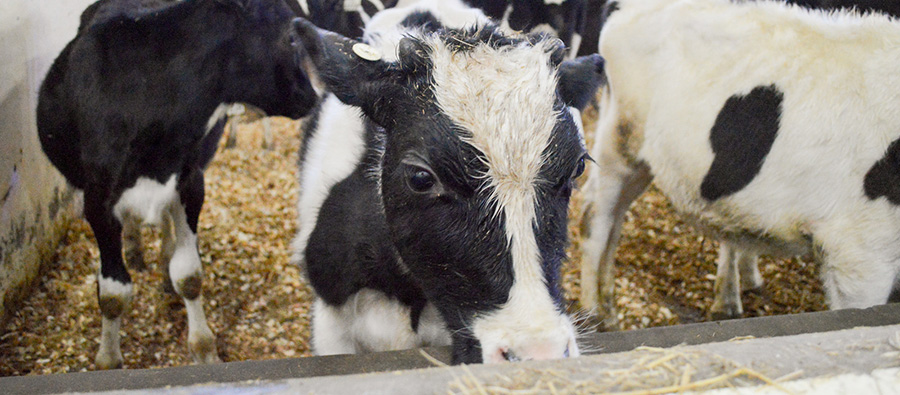In this guest post, FAO Livestock Development Officer Anne Mottet outlines new research that reveals humans and livestock do not compete for earth’s resources as much as previously thought.
We cannot expand the Earth boundaries. Our natural resources are finite. But every day there are more people on the planet, and how to feed them all remains a number one issue.
The livestock sector is often cited as being particularly burdensome on the environment. In addition to the methane gas livestock emits, animals require a lot of nutritious feed. This feed needs to be grown on agricultural land, using water, energy and nutrients. It can be argued that this is an indirect and resource-intensive way of feeding the world. The picture is however more complex.
There is currently no official and complete international database of what livestock consume. This is why FAO explored this issue in a recent study. What are livestock eating and how much animal food is produced with it?
The results first confirm that a large part of crops on the planet (about one third) are grown to feed livestock. But what we found is that this represents a small part of what farm animals eat. 86 per cent of their feed is composed of grass, straw, bran and other residues and by-products that are not suitable for human consumption. Actually, if not consumed by livestock, these residues and by-products could quickly become an environmental burden in themselves, as human demand for processed foods increases.
Our results also show that how and where livestock are produced strongly changes their efficiency in turning feed into animal products. For example, on average, grazing animals require three kilograms of edible feed to produce one kilogram of meat, while industrial pigs or chicken need up to four.
In terms of producing protein, grazing animals need even less than one kilogram of feed to produce one kilogram of edible protein, so they actually make a net positive contribution.
Calls to switch to plant-based diets in the pursuit of a more planet friendly food system are therefore oversimplifying a complex issue.
Livestock has a great many other benefits, in addition to providing nutritious meat, milk and eggs. It can also make use of land that we cannot farm. Approximately two-thirds of the planet’s pasture is not suitable for crop production, but it can be used for grazing animals. These animals can also contribute to the creation of healthy ecosystems and to crop productivity, producing manure for fertilizer and providing traction.
But even while most of the discussion surrounding livestock deals with the pressure animal production puts on the environment, we believe it is problematic to discuss livestock in terms of environmental impact alone. To do so would overlook a crucial part of the picture: the people behind livestock.
To give up on animal production is to give up on a food and income source for many of the world’s poorest people.

Boys with their cattle in Yabello, Borena, Oromia, Ethiopia. Credit: ILRI/Camille Hanotte
In many rural areas, growing sufficient, nutritious crops is simply not possible without animals. Everywhere around the world, livestock and crops are part of the same farms and are interdependent. To end one will be to eliminate the other.
Removing livestock would have a detrimental impact not only on the health and nutrition of many vulnerable populations, but also their finances. The FAO estimates half a billion poor depend on livestock for food and income.
Beyond our hopes for a straightforward path towards sustainability, there is a complex reality. Livestock production is growing fast because demand for animal products is rising, particularly in developing countries. It is estimated that we will need 70 per cent more animal products by 2050 to feed the world.
Imagining a world without livestock is not only unwise but also unrealistic.
Instead, it is necessary to consider how livestock can remain a part of human consumption, economics and culture while reducing its environmental footprint.
It is true we must improve the feed selection for animals, including how we grow animal fodder to ensure resources such as water; energy and land are utilized responsibly.
We must also minimize the amount of edible food given to livestock, finding more uses for crop residues and by-products that cannot be consumed by humans.
But above all, livestock must remain a reality for those who depend on it. And beyond that, it is our responsibility to provide assistance to those for whom animal production is key to their livelihoods, if we truly wish to optimize benefits and resources for the sustainable development of both people and the planet.
Featured image credit: Donna Bowater, Marchmont Communications



